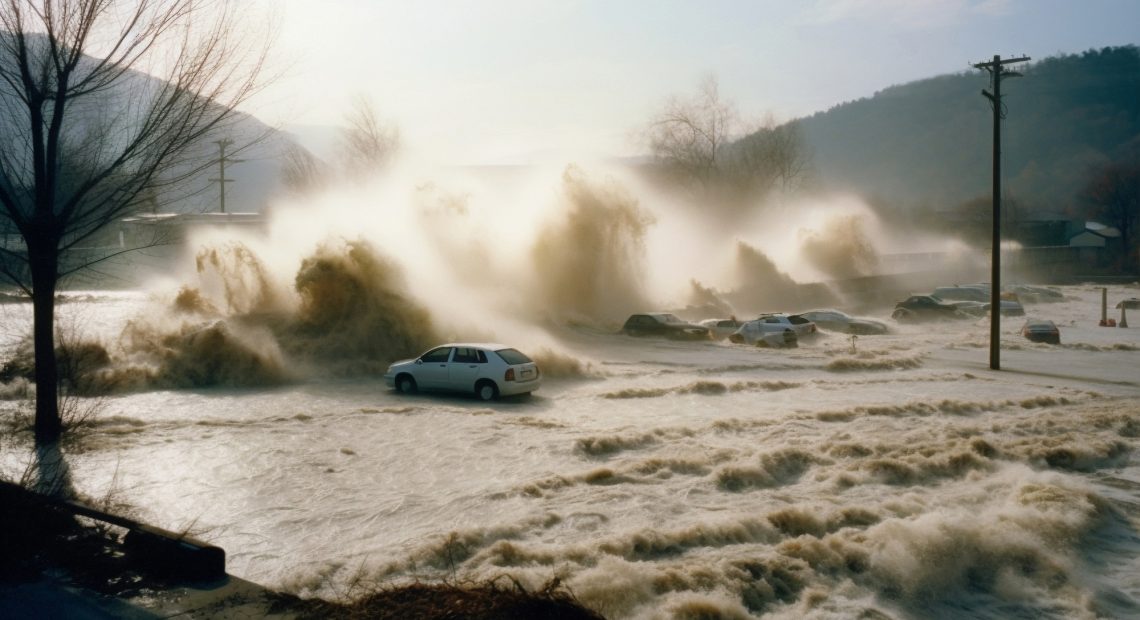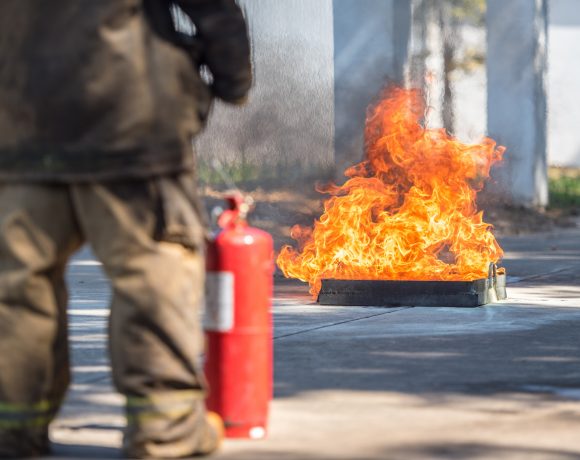
Spain’s Flood Death Toll Rises Amid Criticism Over Delayed Weather Warnings
In the wake of Spain’s deadliest flood disaster since 1973, rescue teams continued their search for survivors as the death toll climbed to at least 95, with more casualties feared.
Heavy rains that began early this week triggered devastating floods across eastern regions, sparking criticism of Spain’s delayed emergency response and alert systems.
As search operations intensified, Spain’s Defence Minister Margarita Robles announced that a specialized military rescue unit would mobilize in the hardest-hit areas on Thursday, using sniffer dogs to comb through mud and debris. The teams brought 50 mobile morgues, anticipating a possible rise in fatalities.
Flooding Hits Eastern Regions, More Heavy Rain Predicted
The eastern Valencia region and surrounding areas remain under threat as meteorologists predict further downpours. National weather agency AEMET initially issued a red alert for the region on Tuesday morning. However, the regional emergency coordination unit was not set up until later in the evening, and a civil protection alert urging Valencia residents to stay indoors was only issued after 8 p.m., hours after conditions had deteriorated.
For some families, the wait for news is excruciating. Leonardo Enrique, a Valencia resident, shared his concern on RTVE for his 40-year-old son, Leonardo Enrique Rivera, who had been driving a delivery van when the floodwaters rose. His last message to his father indicated that his vehicle was filling with water and had been struck by another vehicle near Ribarroja.
Delays Spark Criticism of Emergency Response
Questions have emerged over why emergency responses were delayed despite advanced weather forecasting capabilities in one of Europe’s most developed countries. Some residents have used social media and local media outlets to plead for information on missing loved ones as criticism of the government’s handling of the disaster grows.
With more rain expected to impact eastern Spain, the situation remains critical, placing continued strain on emergency services and exposing gaps in Spain’s weather response infrastructure.


















